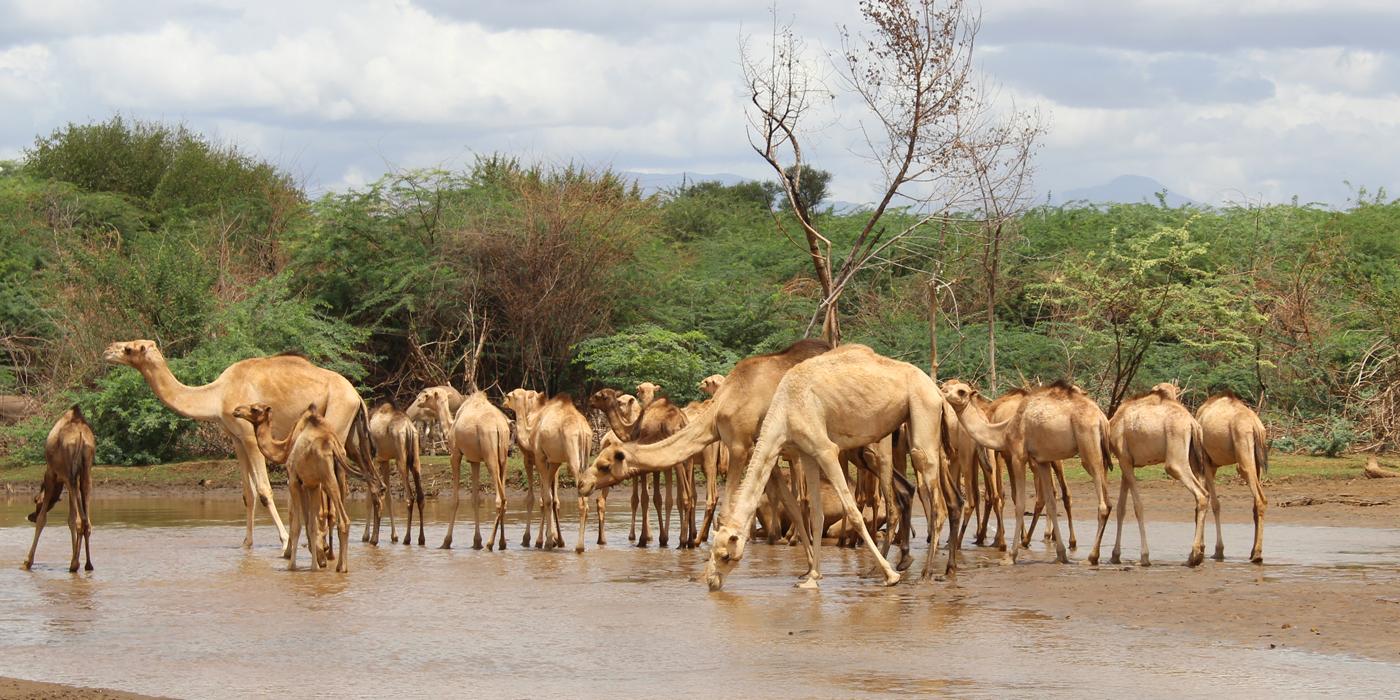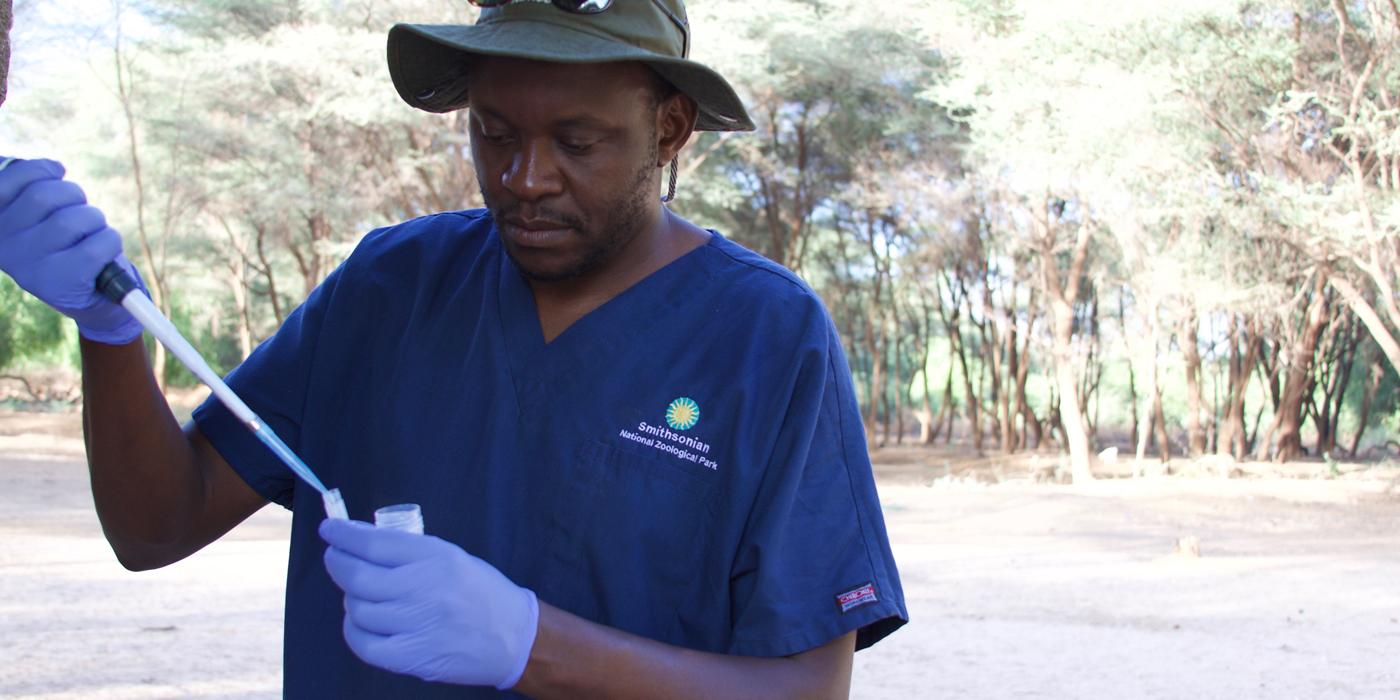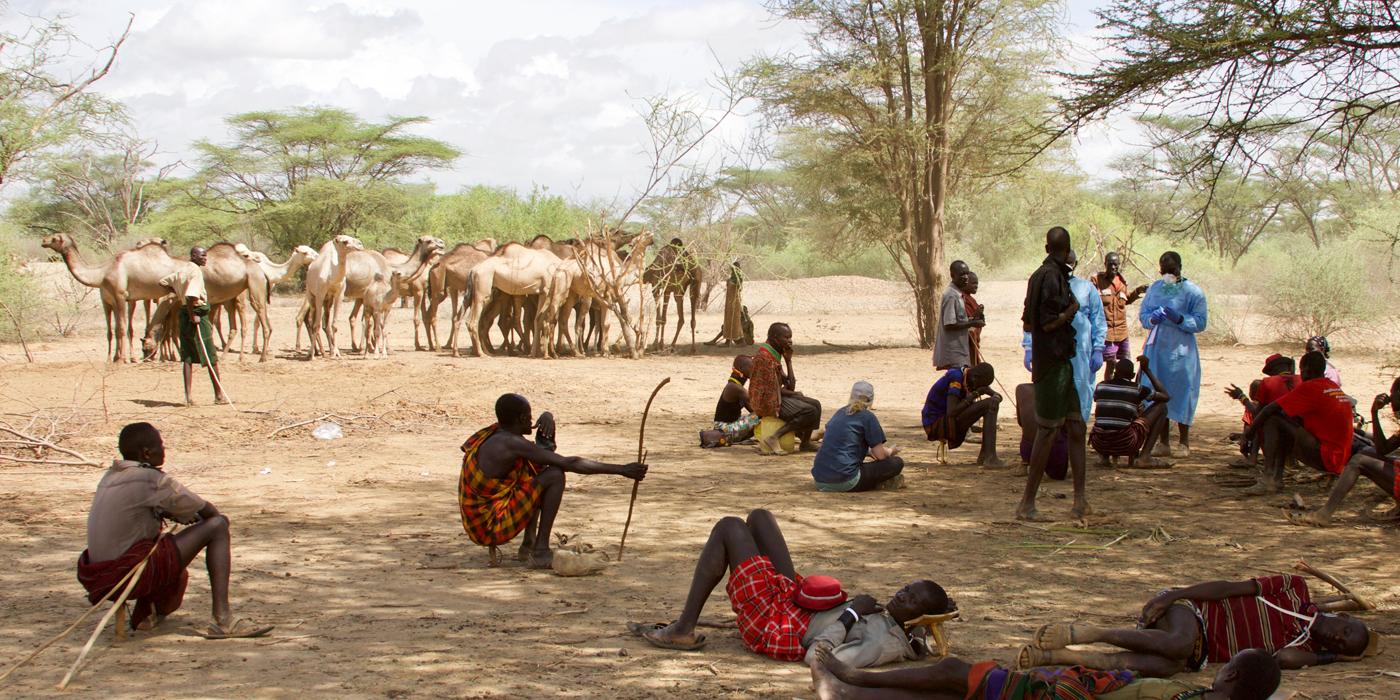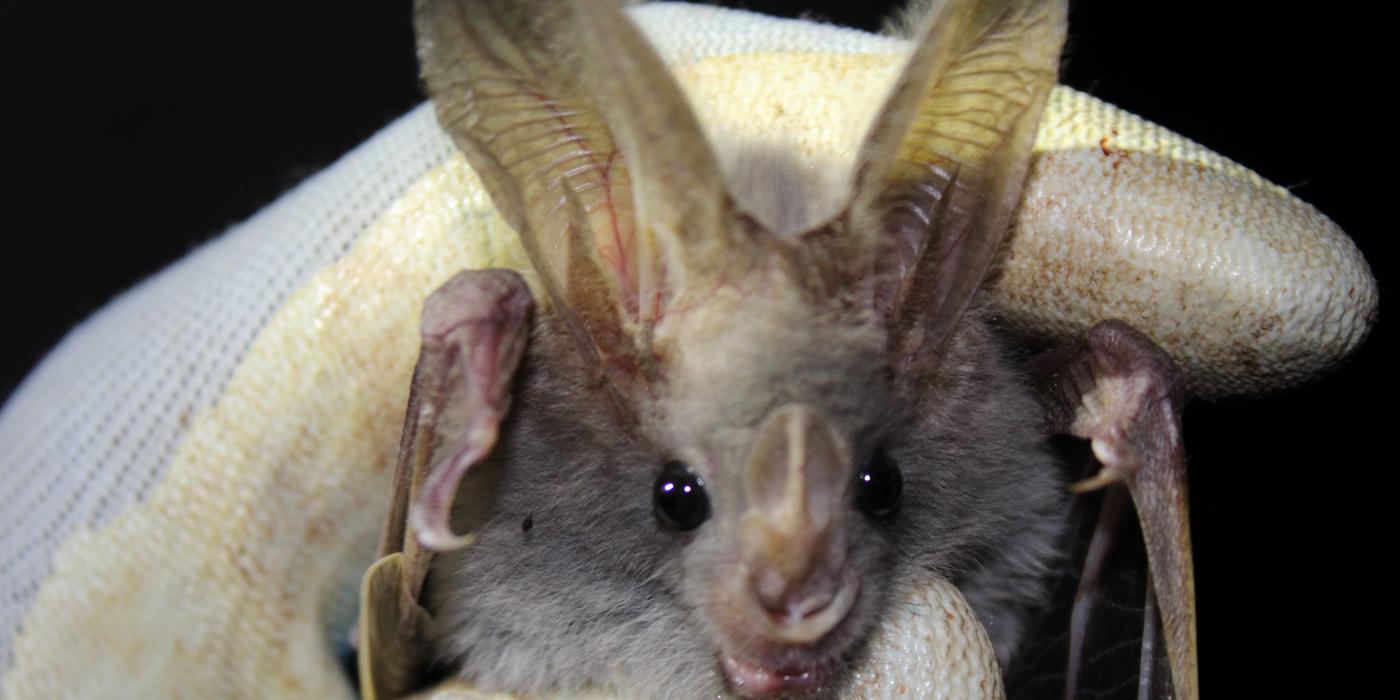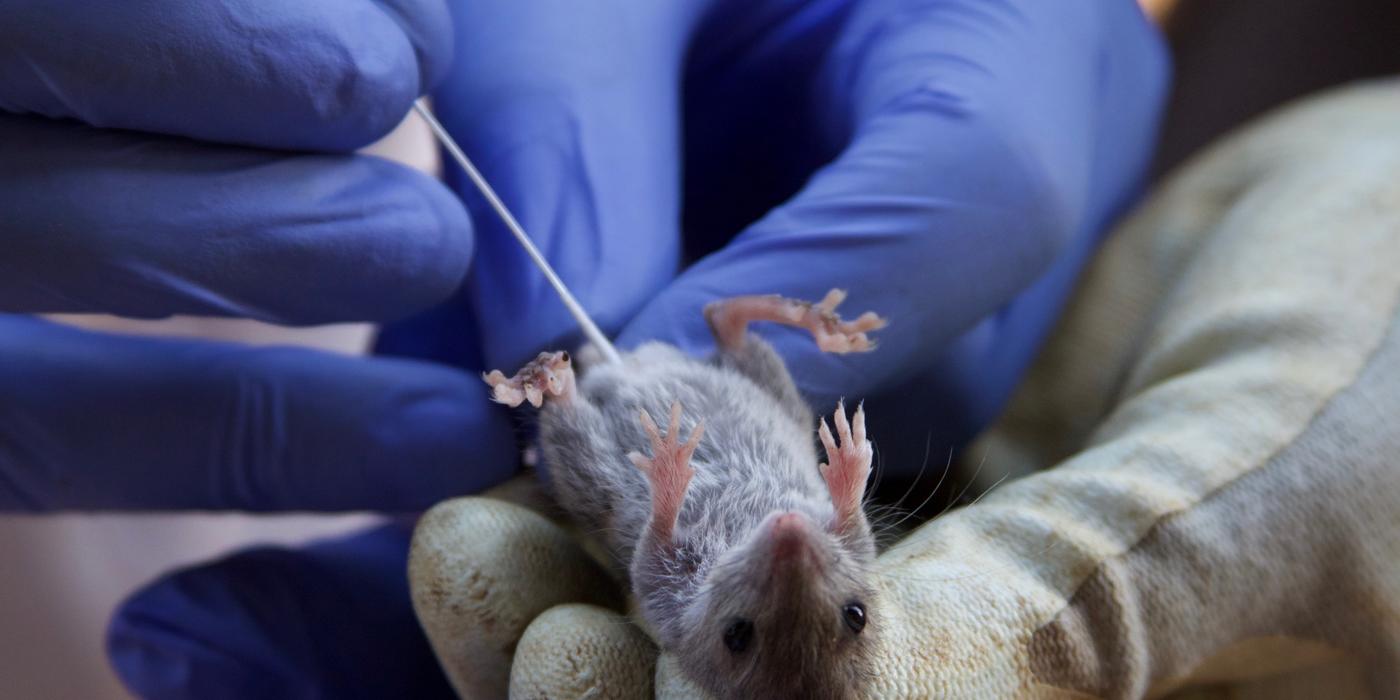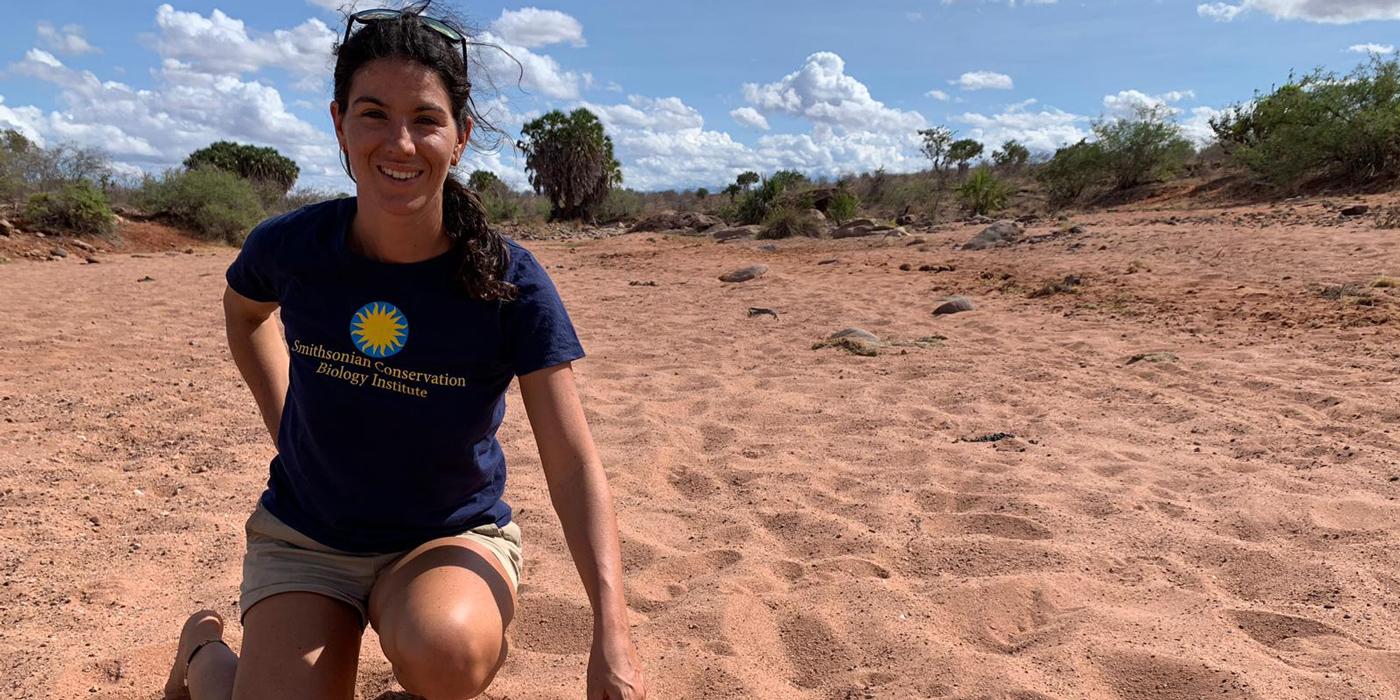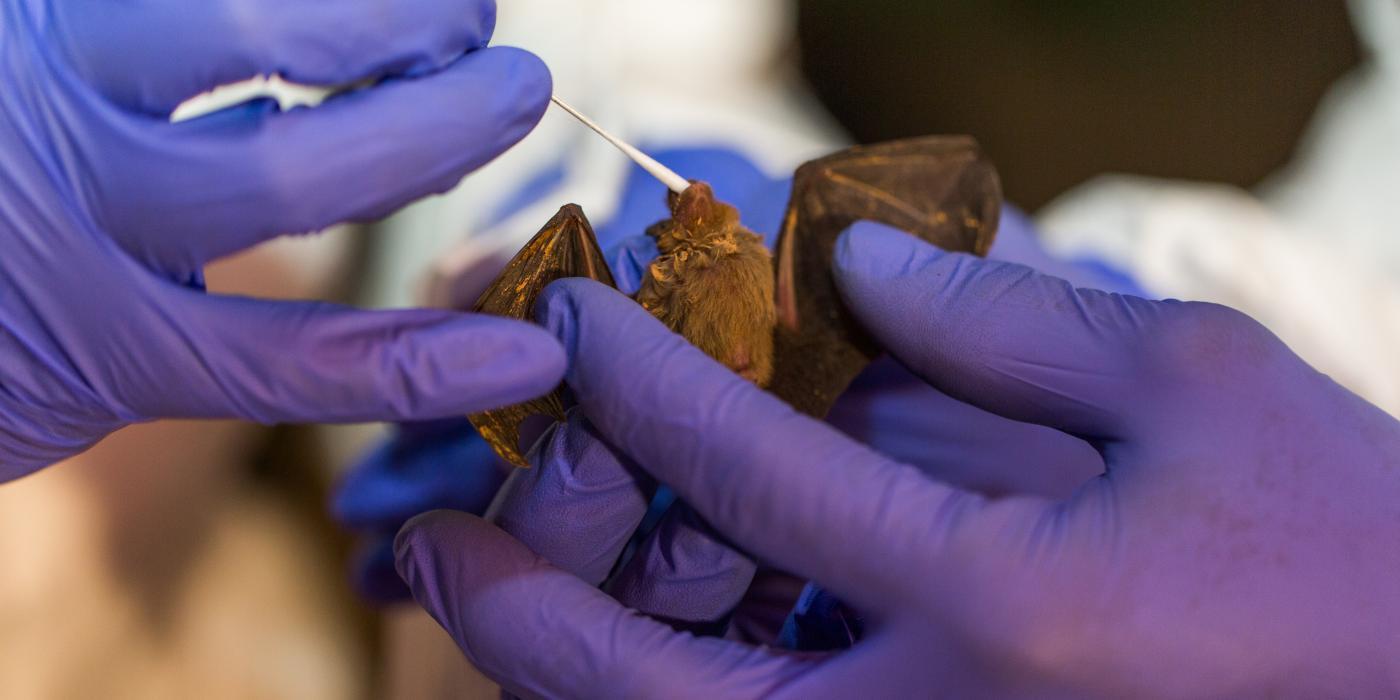Predicting the Future of Global Health: Kenya
How does a conservation organization stop a threat to wildlife that cannot be seen by the naked eye? They examine it under a microscope.
Disease is a growing problem for animals in their native habitats, especially when limited necessities like food and water drive wildlife, domestic animals and humans to share resources. Since 2012, countries in the Horn of Africa have experienced two consecutive poor rainy seasons. Increasing global temperatures due to climate change have exacerbated the drought in the region. The areas that do have resources become ripe for disease transfer between human and animal populations as everyone competes for the same resources. About 75 percent of emerging infectious diseases are zoonotic, meaning that bacteria, parasites, viruses, and other potentially harmful organisms are passed from animals to people, and vice-versa. Of those, about 60 percent are from wildlife. Without intervention, a global outbreak, or pandemic, could occur.
To better understand the potential effects of emerging infectious diseases on human and animal health, the Smithsonian Conservation Biology Institute’s (SCBI) Global Health Program has boots on the ground in Kenya. SCBI veterinary scientists Dawn Zimmerman and Joseph Kamau conduct research in situ as part of as part of USAID’s Emerging Pandemic Threat (EPT) program, PREDICT.
Working closely with local communities, their goal is to map areas where human behavior and practices put communities at risk for contracting viruses of pandemic potential, such as Orthomyxoviruses (i.e. Influenza), Paramyxoviruses (i.e. Nipah virus), Filoviruses (i.e. Ebola) and Coronaviruses (i.e. Middle Eastern Respiratory Syndrome; MERS). The hope is to discover new viruses that have not yet been described before they are able to cause a pandemic.
Scientists collect blood, oral and rectal swabs, urine, and tissue samples from humans, livestock (camels) and wildlife (bats, rodents and baboons) in areas where high risk interfaces have been identified. By discovering which viruses are currently in these populations, it is possible to predict which might be shared across species, and how these viruses might be transmitted to humans. This data will help Kenya prevent the next outbreak, or be better prepared to respond if an outbreak were to occur.
This story appears in the July 2017 issue of National Zoo News. The USAID PREDICT program occurs in more than 30 countries around the world; in the last five years, it has helped scientists identify over 800 novel viruses. Administered by UC Davis, the PREDICT program is a collaborative effort that includes the Smithsonian Institution, Wildlife Conservation Society, Metabiota, and EcoHealth Alliance. Learn more about the program on our website.
